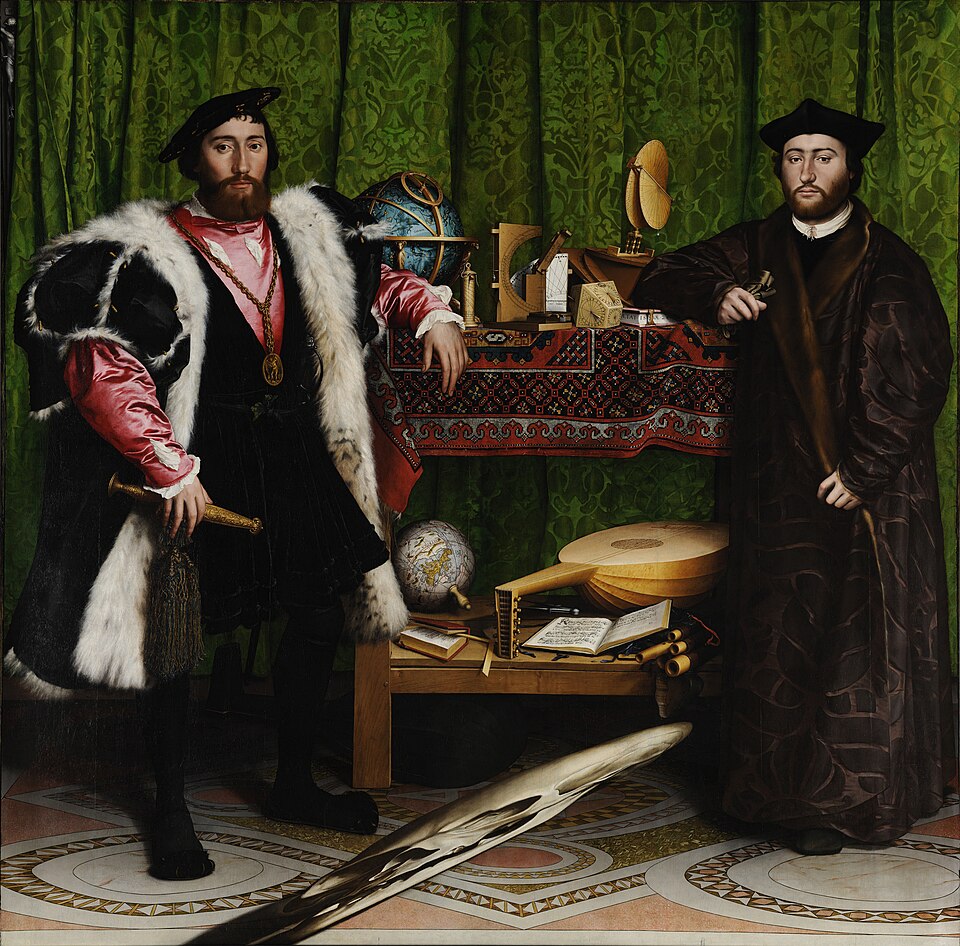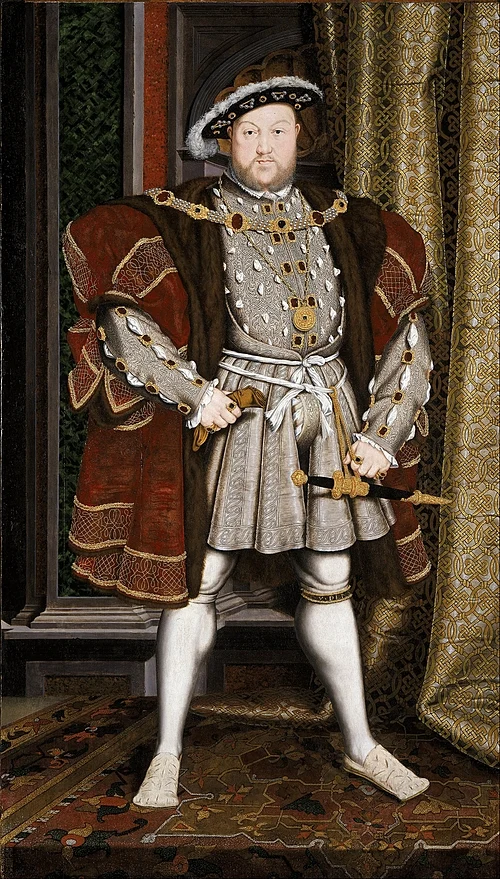Biography
Hans Holbein the Younger (c. 1497 – 1543) was a German and Swiss artist and printmaker who worked in a Northern Renaissance style, and is considered one of the greatest portraitists of the 16th century. He was born in Augsburg, Bavaria, into a family of artists; his father, Hans Holbein the Elder, was a well-known painter. After initial training with his father, Holbein moved to Basel, Switzerland, a center of humanism and the printing trade. There, he created numerous works, including portraits of the great humanist scholar Erasmus of Rotterdam.
Seeking greater opportunities, Holbein traveled to England in 1526 with a recommendation from Erasmus to Sir Thomas More. He quickly established himself as a sought-after portraitist at the Tudor court. After a return to Basel, he settled permanently in England in 1532, becoming the King's Painter to Henry VIII. In this role, he not only painted portraits of the king and his court but also designed state robes, jewelry, and other precious objects.
Artistic Style and Works
Holbein's art is renowned for its realism and meticulous detail. He had an extraordinary ability to capture the likeness and character of his sitters, creating portraits that are not only historical documents but also profound psychological studies. While his work is rooted in the Gothic tradition, it also shows the influence of Italian Renaissance artists, particularly in its use of monumental composition and sculptural form.
Gallery of Major Works

The Ambassadors (1533)

Portrait of Henry VIII (c. 1537)

The Body of the Dead Christ in the Tomb (1521)